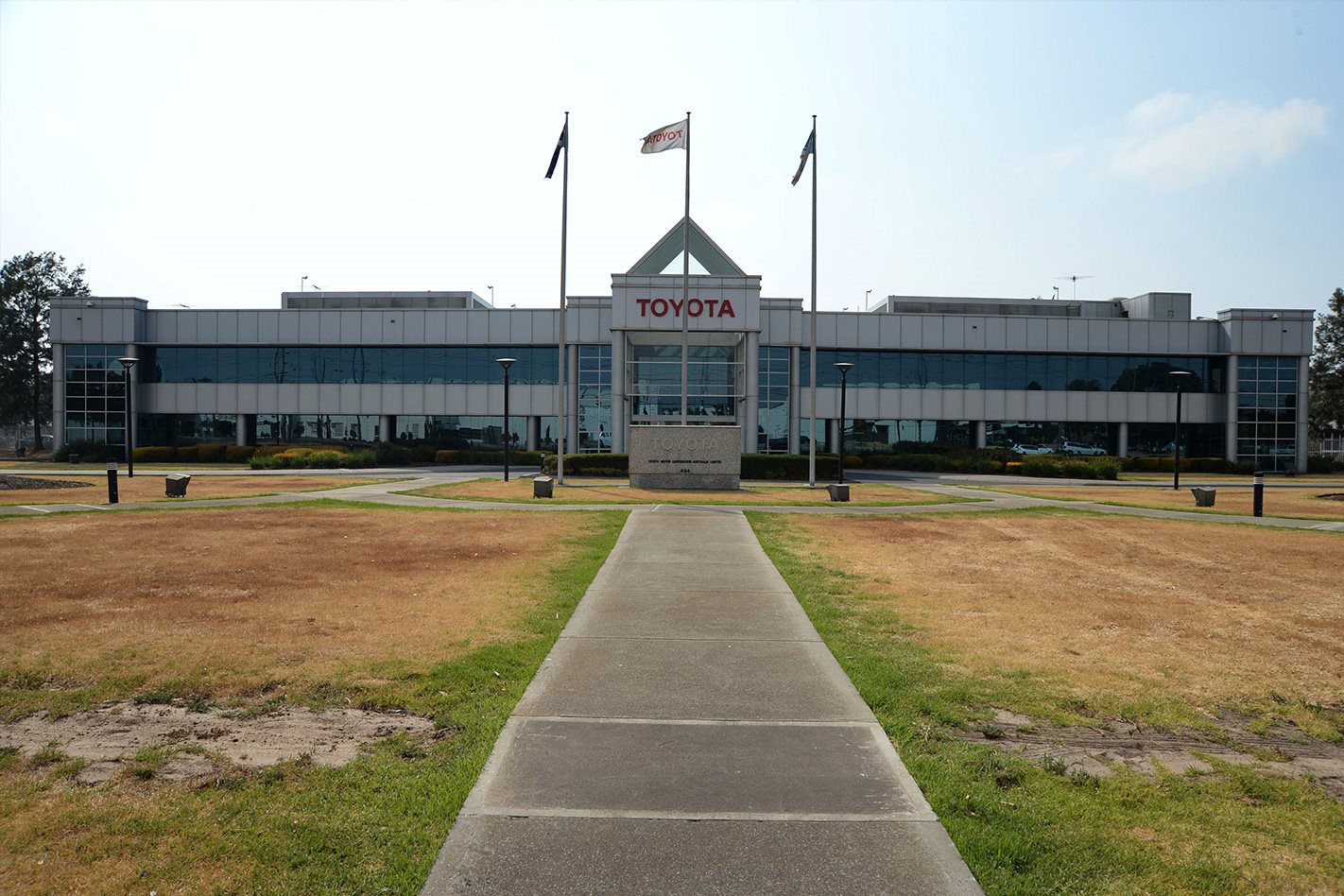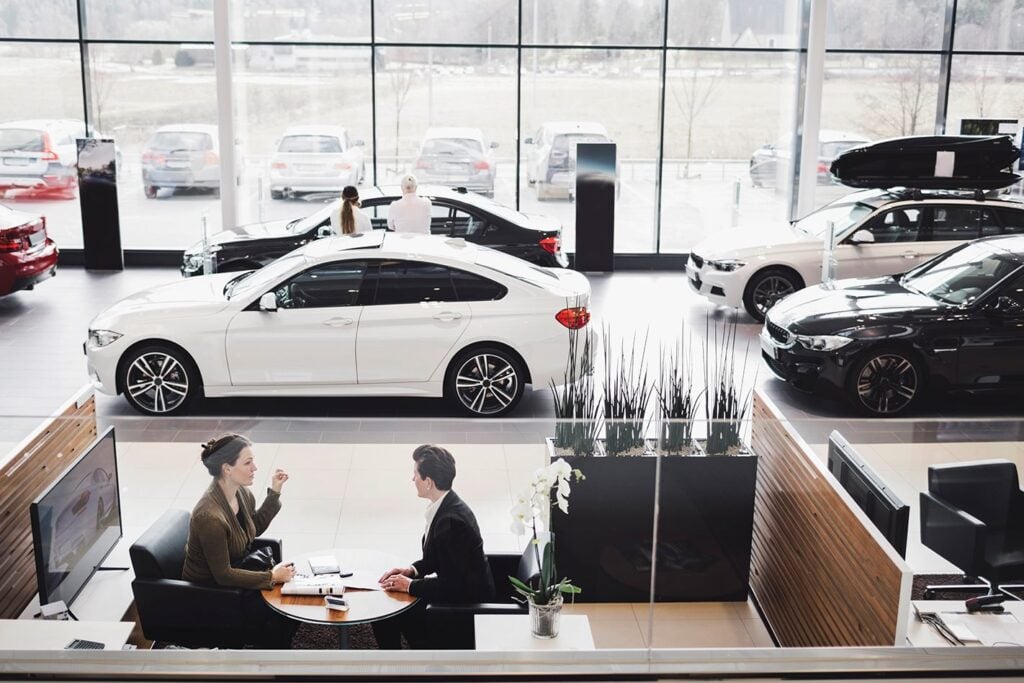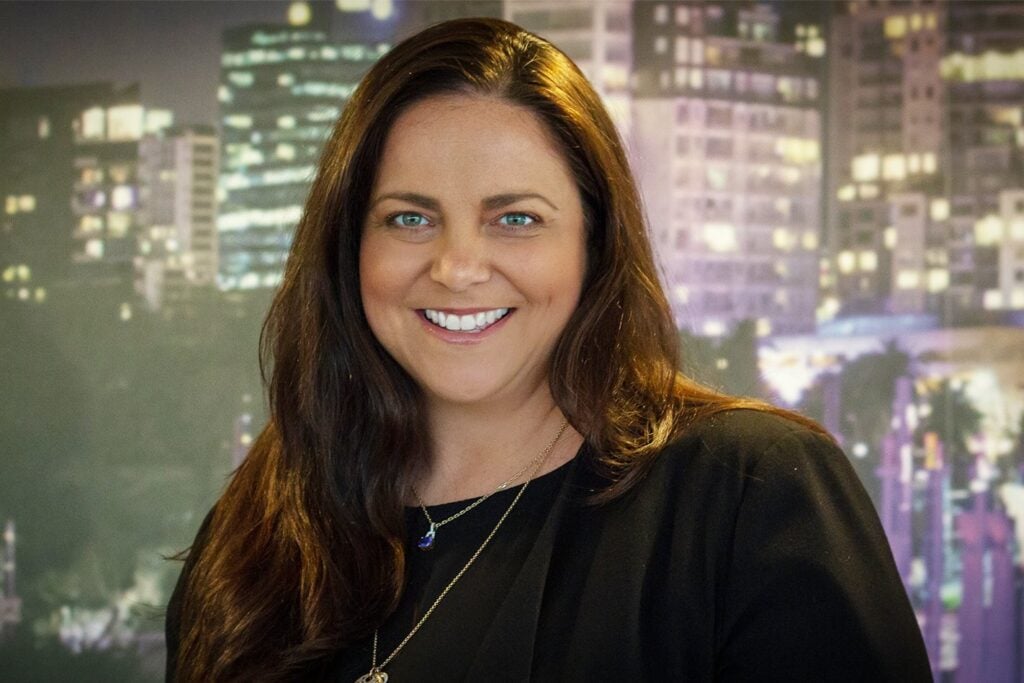TOYOTA has shuttered its Altona production facility in Melbourne’s west, completing its transition to a full-line importer, but the major operational changes are only just getting started for Australia’s most popular car brand.
The company is already deep in the process of consolidating its Sydney and Melbourne branches into a single site in Victoria’s capital, the Altona factory premises will undergo a complete repurposing, and its workforce will shrink from 3900 to 1300.
But despite the most significant evolutionary chapter in Toyota’s 54-year Australian story, the company says an unchanged and typically Japanese culture is critical to endure a turbulent upheaval.
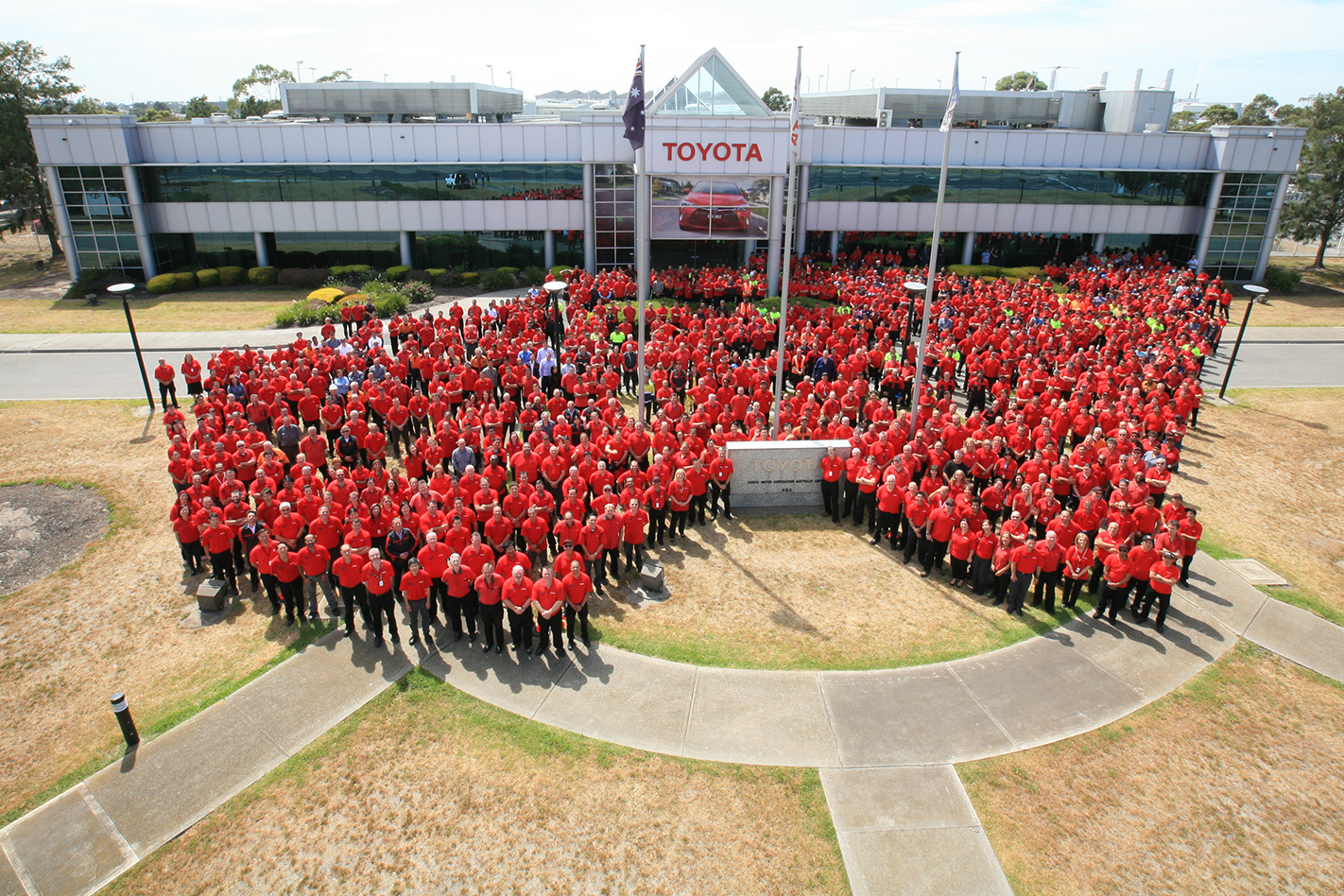
The system has involved flying large numbers of team members to the Melbourne offices where a departing employee works alongside their replacement until they understand the role completely. Of the new 1300-strong team, about 150 have transitioned from other roles.
“Sydney and Melbourne airports on a Monday and Friday have lots of Toyota people in them,” said Toyota sales and marketing executive director Tony Cramb.
While some white-collar jobs were reshuffled to retain as many staff as possible, almost 2500 manufacturing employees will now be out of a job, but here too Toyota has been working over the four years since it made the announcement it would cease production to assist redundant team members.
Since 2014, three dedicated centres have helped workers to find new jobs after the plant shutdown.
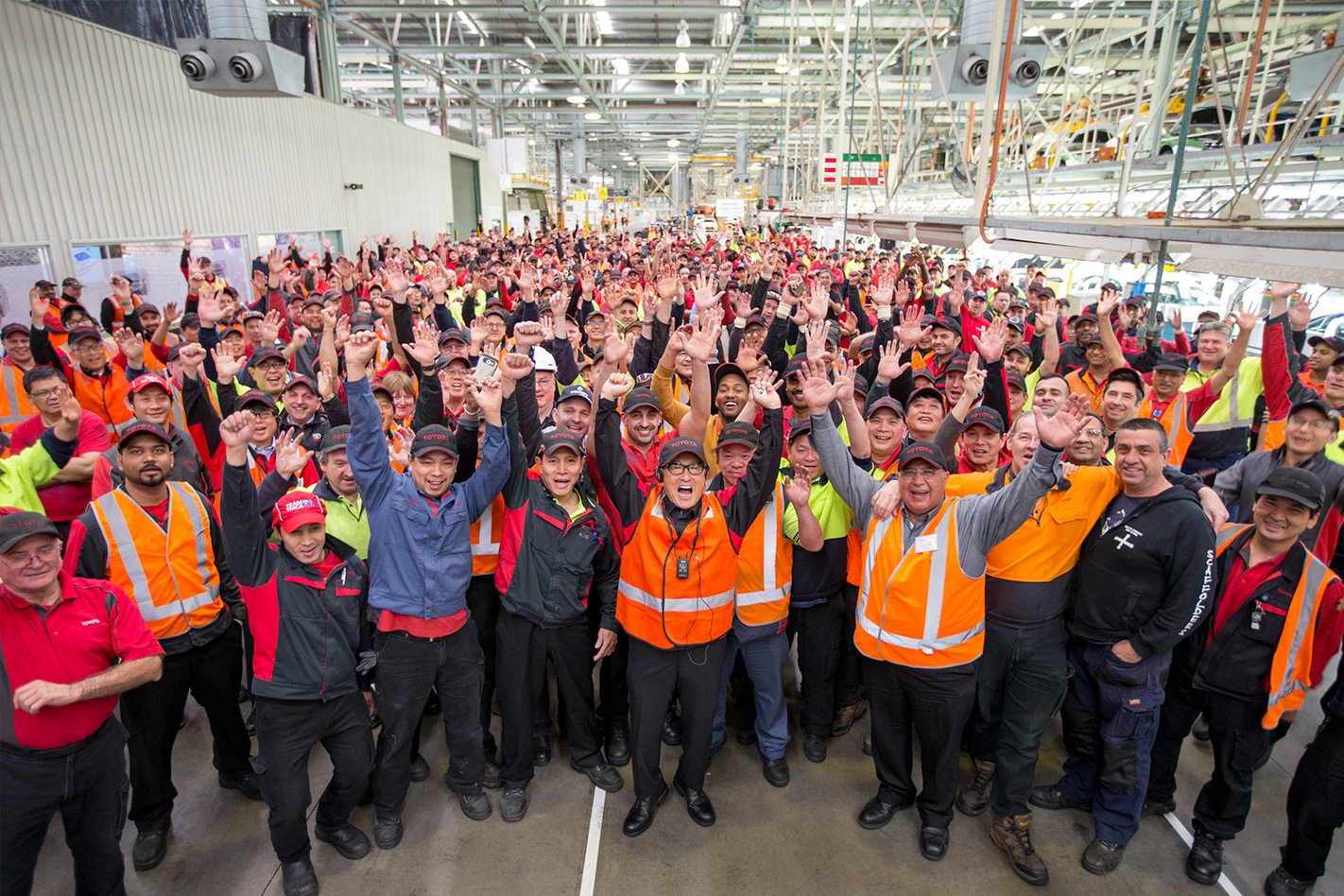
Unlike Ford and Holden, which made a number of staged production cuts ahead of the end of local production, Toyota was able to maintain normal production capacity until the last day, which prevented the redundancy of any full-time staff until yesterday, and supported suppliers.
“We made a very big commitment in 2014 to strive to maintain around 90,000 production units per annum,” Buttner said last week. “That was done for a number of reasons. We needed to support our local supplier base. If their volumes dived they wouldn’t cover their fixed costs let alone their variable costs. Because we’ve had that consistent volume, we haven’t had to divest ourselves. All of our manufacturing employees are still in-line.”
In December, Buttner will be replaced by incoming president Matt Callachor, who said Toyota Australia’s manufacturing legacy would continue to benefit the company.
“We have lots of good learnings out of having a manufacturing history – the way we approach process, the way we examine issues and root causes and find ways forward,” he said, “We want to retain that as much as possible.
“We want to be nimble and flexible and the automotive market globally is subject to many changes. Nimble and flexible is the way it needs to be.”
Without the weight of a manufacturing outfit around its neck, one of the areas the company is now able to focus more of its resources on will be local evaluation and design.
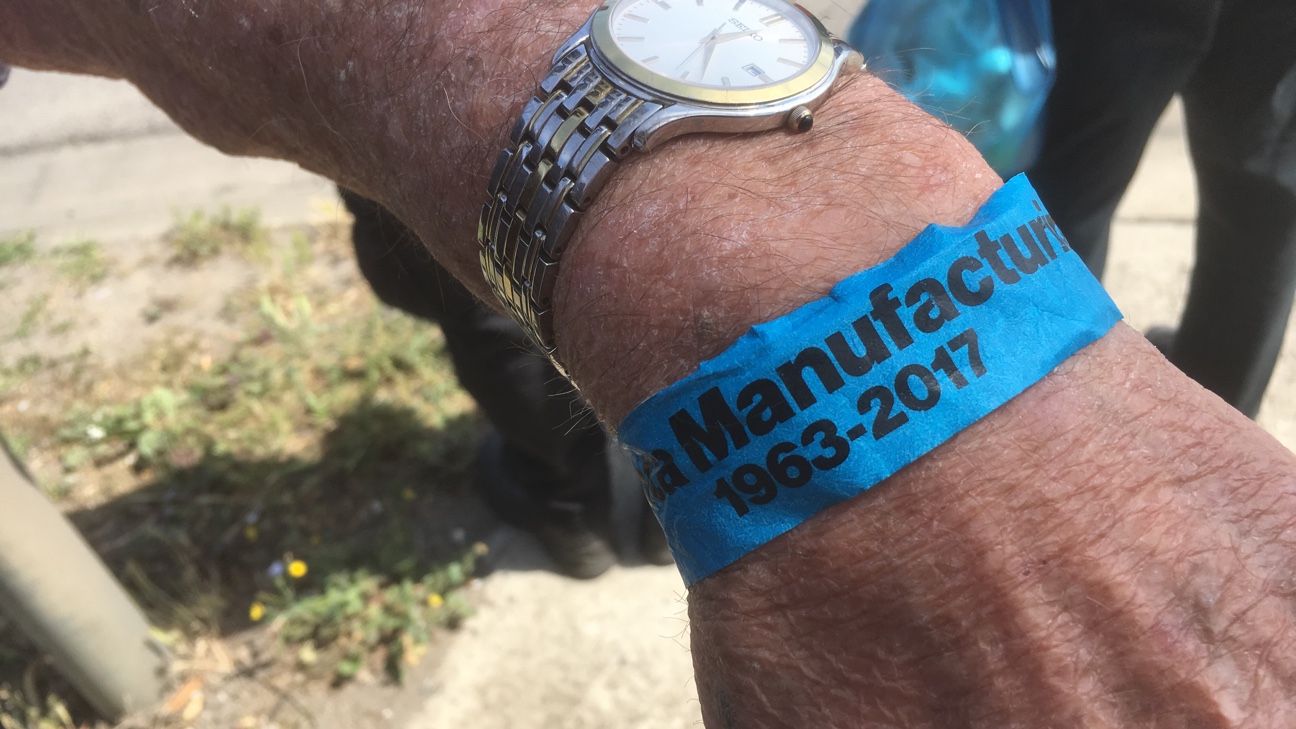
That critical evaluation process will be enhanced with a new test track to be constructed on the site of the now silent factory, bringing Toyota’s facilities more into line with rivals Ford and Holden, which will also continue to design and develop vehicles on red dirt.
According to Buttner, the facility will not be a half-cooked attempt and will offer “Banked tracks, ripple tracks, Belgian blocks, skid pans. The longest stretch is one kilometre,” he said. “It’s not a race track, it’s not a driver training track. It’s really an evaluation track. We want to make sure that centre of excellence is the foremost training facility for our employees.
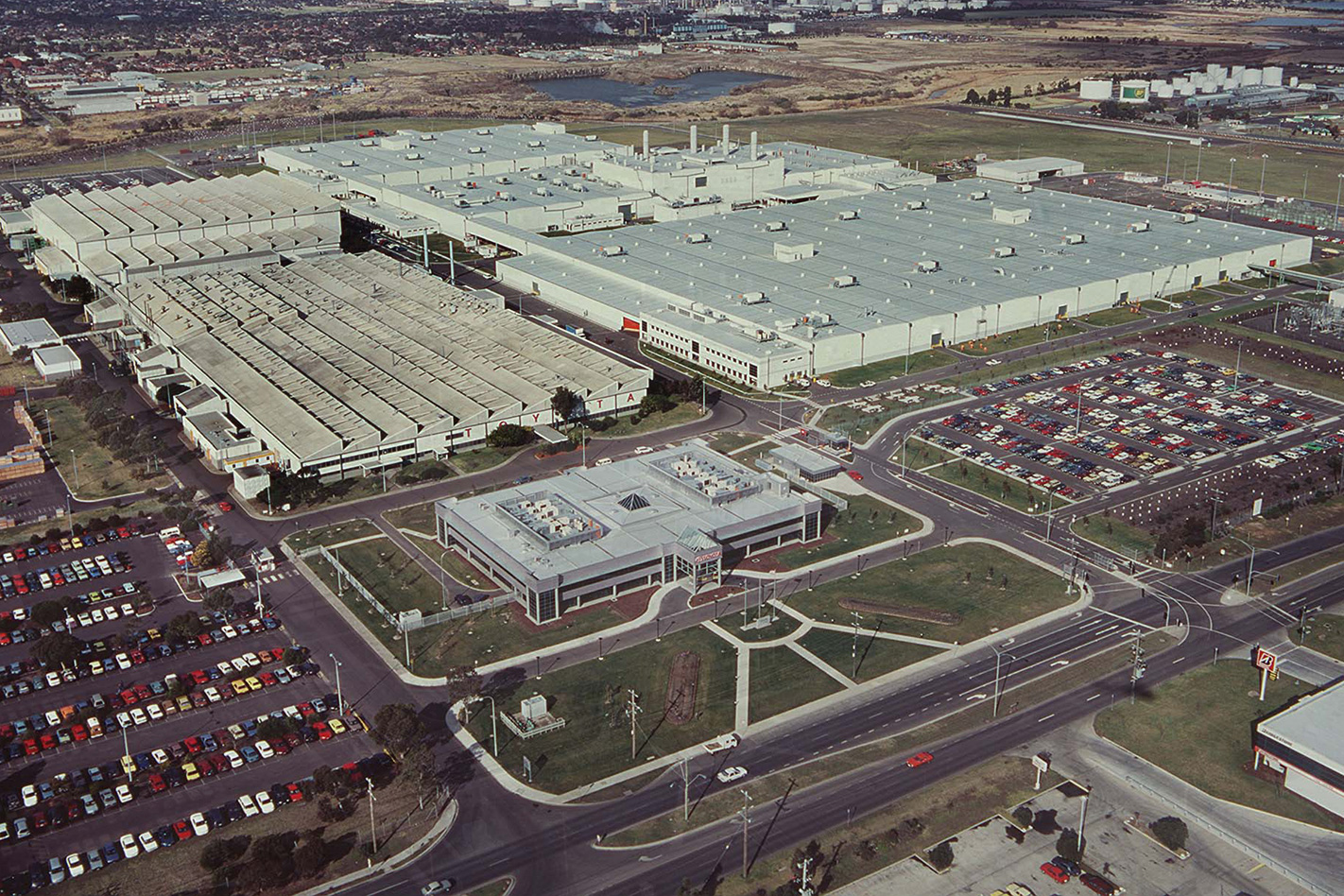
Until now the fate of the site has been hanging in the balance, but Buttner confirmed that only a “small proportion” is still under consideration for sale. “We will retain virtually all of it,” he said.
The dust is only just starting to settle on the dormant machines at Altona, but Buttner said the company’s focus on remaining Australia’s number-one car brand was unfaltering.
“We had a catch cry we put into place in 2004 when we became number one. We said ‘think like number one but act like number two’. There are a lot of people out there that want your mantle in the marketplace”.


